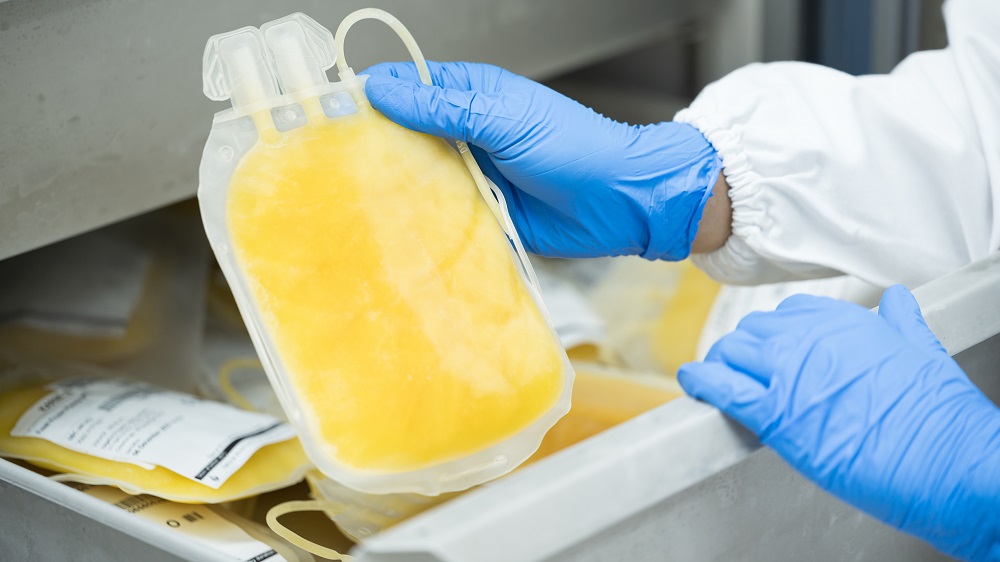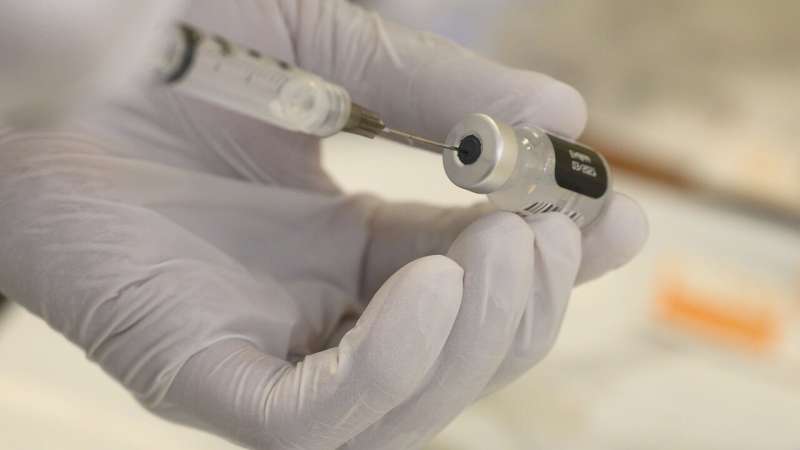A groundbreaking study conducted by researchers at the Perelman School of Medicine at the University of Pennsylvania reveals the potential of a combined therapy using mRNA and lipid nanoparticles to repair damaged lungs. This innovative approach could provide solutions for treating lung damage caused by various factors, including viral infections and physical trauma, presenting a remarkable step forward in respiratory medicine. The findings of this research were published in the esteemed journal Nature Communications.
The Challenge of Treating Lung Damage
Treating lung damage presents significant challenges due to the organs' complex anatomy and the depth of injury often sustained. Traditional treatments, such as inhaled medications, may not reach the lower and more affected regions of the lungs, rendering them ineffective. As explained by Elena Atochina-Vasserman, MD, Ph.D., a research assistant professor of Infectious Diseases at Penn, targeted delivery methods are essential for effective treatment:
"The lungs are hard-to-treat organs because both permanent and temporary damage often happen in the deeper regions where medication does not easily reach."
Given the high stakes—respiratory illnesses being the third leading cause of death globally prior to the COVID-19 pandemic—there is an urgent need for innovative therapeutic strategies.
A Cutting-Edge Delivery Method
The researchers harnessed the power of ionizable amphiphilic Janus dendrimers (IAJDs), a class of lipid nanoparticles initially developed for mRNA COVID-19 vaccines. These unique nanoparticles have demonstrated organ-specific delivery capabilities, making them suitable for mRNA targeting lung tissues.
Key Properties of IAJDs
| Property | Description |
|---|---|
| Organ-Specificity | Engineered to specifically deliver mRNA to lung tissues, overcoming traditional treatment limitations. |
| Temperature Stability | Does not require storage at ultra-low temperatures, simplifying distribution and usage. |
| Production | Facilitated easier production compared to existing mRNA lipid nanoparticles. |
The mRNA delivered by IAJDs directs the immune system to produce transforming growth factor beta (TGF-β), a vital signaling molecule that plays an essential role in tissue repair.
Study Findings and Implications
Research findings not only underscore the mechanism and efficacy of this novel therapy but also highlight its broader implications for lung health:
- The ability of IAJDs to navigate complex lung tissue facilitates targeted treatment strategies.
- Potentially reduces recovery times and improves outcomes for patients with acute or chronic lung conditions.
- In addition to lung applications, there is ongoing exploration of similar methods for therapeutic use in other organs.
Future Directions
As the research progresses, the team is looking into:
- Further refining the IAJDs for enhanced delivery capabilities beyond lung tissues.
- Testing against a broader array of respiratory pathogens.
- Developing a comprehensive clinical approach to incorporate these therapies into standard care for lung injuries.
Conclusion
In conclusion, the collaborative efforts of researchers at the University of Pennsylvania signify a promising advancement in lung therapy. By avoiding traditional hurdles in drug delivery through innovative mRNA and lipid nanoparticle technology, there is potential for significant improvements in patient care and management of lung diseases. Continued exploration in this field may further revolutionize treatments for other organs, highlighting the versatility of this emerging delivery platform.
References
Meshanni, J. A., et al. “Targeted delivery of TGF-β mRNA to murine lung parenchyma using one-component ionizable amphiphilic Janus dendrimers.” Nature Communications (2025). DOI: 10.1038/s41467-025-56448-y
Atochina-Vasserman, E., & Weissman, D. (2025). Combined organ-specific mRNA and lipid nanoparticle therapy could repair damaged lungs. Science X.













Discussion